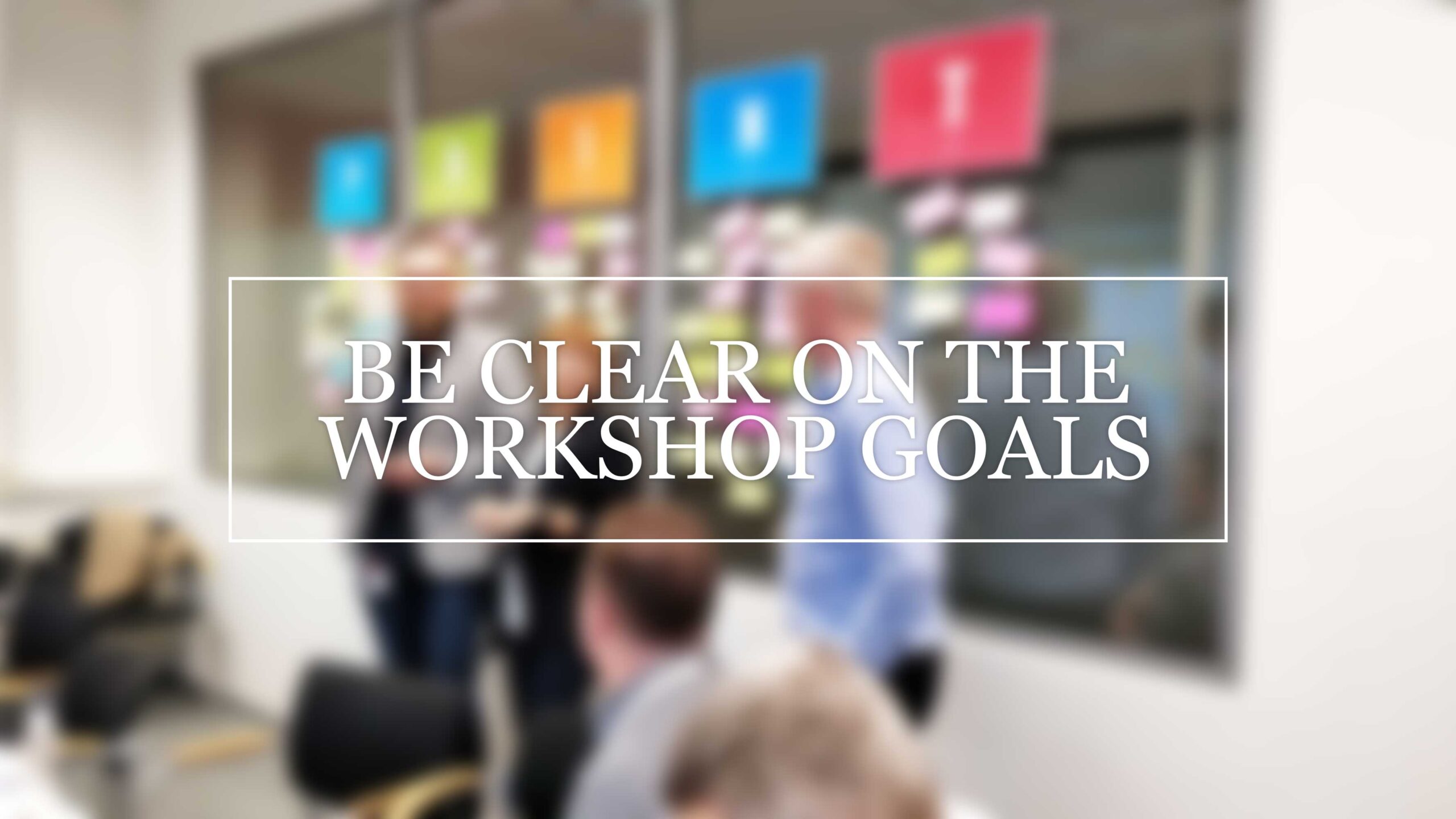TLDR: Recently, I had the privilege of leading a Design Thinking on-site 3-Day UX workshop for a global financial news organisation, a pioneering force in the industry. These workshops marked the launch of the discovery phase for a groundbreaking new product, and I was thrilled to guide the team through an immersive and productive experience.
Let’s set some ground rules

Before I begin, let’s be clear, planning and preparation are you best friends. Be aware, planning creative sessions like these take time. Allow double the preparation time to the actual workshop time, so this three-day think tank translates to six days of dedicated planning. Having this knowledge is golden, don’t set yourself up to fail because you haven’t done your homework. Avoid the pitfalls of a hastily assembled workshop and set the stage for a truly groundbreaking experience.
Send out a rough agenda

Allow for flexibility but keep your audience informed. My plan ran as follows;

Orientation
Day 1
Aligned goals, objectives, and expectations

Immersion
Day 2
Come together, empathise with users, and generate innovative ideas.

Reflection
Day 3
Identify areas for improvement, and gain valuable insights from each other’s perspectives.
So the second ‘Immersion’ day’, you could say the meat in the sandwich, consisted of creative ideation workshops backed either side by Day One’s Orientation sessions; for example best practice for dashboard design. Then finishing with Day Three playback and refinement. This was absolutely sufficient for this audience. Participants struggled to maintain those required energy levels over longer periods.
Participants felt empowered and contributed fully, across all the subject matters (SME) in the room, which was key.
Silent (and focussed) contribution

Private or silent contribution is important
Prior to the workshop, I sought feedback from participants through an online survey titled ‘What does the application do?’. During the sessions, I emphasised the importance of allowing participants 1-2 minutes of uninterrupted time to complete their valuable feedback.
Participants felt this privacy, whilst sometimes sitting next to their boss was very valuable.
Prep your audience

It become apparent that what you could term non-creative thinkers benefited most from preparatory exercises. This one being the classic? Output was more productive, these power users of the application added more value when they are guided on how to contribute (by expressing their thoughts and thinking’s on Post It’s, for example).
Document everything if you can
If a personal digital video/audio recorder or something existed , I needed it! Something to continually documents both what was explicitly said, when and why people expressed that opinion. Basically to document or justify why UX/UI decisions moving forward will be made. And note to self, when capturing photographically the artefacts make sure the notes are visible so you can refer to them later.
Schedule but remain ‘Agile’


changes… in schedule and location Are inevitable
Having a well-prepared backup plan is your golden ticket to avoid the awkwardness of having an audience of 16 keenly observing every keystroke while you attempt a 2-factor OTP login in order to breach the clients fortress WiFi. I coined the phrase ‘Agile UX Workshop Agenda’ more than once.
Key take-outs

Overall a rewarding experience that was both profitable and aligning perfectly with our initial objectives, everyone really did get to know the users, the journeys, their pain-points and understand how working collaboratively solves problems better.
- A carefully crafted agenda that ensured productivity
- Immersive sessions that fostered a deeper understanding of our users
- Newfound knowledge empowered the team to address user needs




CASE STUDIES
Design with the dark mode trend front-of-mind
Delight, speed and satisfaction are rewriting our UX playbooks in finance

Comments
3 responses to “How to run on-site UX Workshops and make them both valuable and fun”
[…] Within workshops with key stakeholders, technical business analyst, and product owners I created several user stories in the form of reaching goals from the perspective of the CA/CAA – see further down for user group definitions. This contributed to define the what and why across the team. I detailed process and methodology on getting the best out of UX workshops here […]
[…] entire process , as a consultant I can pick and choose my specialism. I personally benefit from the Discovery Phase, initiating workshop’d ideas and bringing them to […]
[…] prioritising the very best elements of those ideologies is a skill I’m fine-tuning everyday. UX Workshops, in their many different guises are designed to empathise, to understand and then lead on towards a […]